Variable data design system: a customized path for thousands of people and thousands of faces for album production and design
Traditional picture albums lie on clients' desks and eat ashes, but yours is actively "talking". A set of variable data design system allows each album to accurately hit readers' points of interest, and the secret of increasing the conversion rate by 30% is hidden in the deep customization of design and production. Last week, I visited General Manager Zhang, an old customer. He pointed to several beautifully designed but brand-new competing albums on the table and sighed: "Now all corporate albums are similar, so I put them down after two pages." Immediately I took out the booklet we made last year, and the corners were polished white: "This one is different. Customers say it is all about what they care about, and even the cooperation plan seems to be tailor-made."-This is the power of "Thousands of People and Thousands of Faces" album design and production. Today, let's talk about how to make your album no longer "silent" and truly become a sales leader.
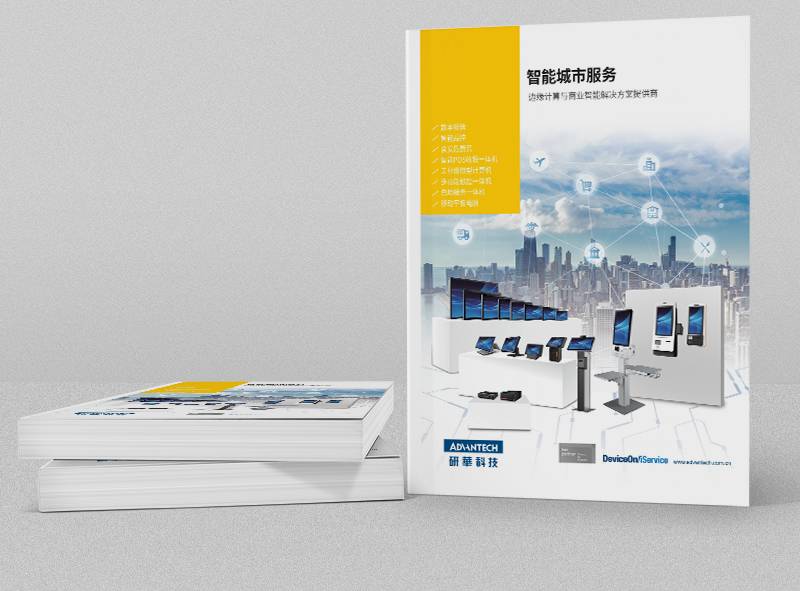
Cookie cutter? The "silent cost" of the album is shocking
Imagine: beautifully printed giclees, carrying the high hopes of the business, being delivered to potential customers. However, what is the fate of most? They lay quietly in the corner of the desk, not even opened. There is no other reason-the content is similar, lacks pertinence, and it can't arouse readers' interest.
Traditional album production, design and production process often falls into the dilemma of "design first, content fill in the blank":
Design-led, content sidelined: Designers rack their brains to conceive visual ideas, but the copywriting is rushed to fill it at the last minute, resulting in gorgeous form but empty content.
Mass production, ignoring differences: the same set of templates, the same set of copywriting, trying to "eat all over the world with one trick". Customers of technology companies and franchisees of restaurant chains actually see the same set of rhetoric?
One-way output, lack of interaction: the album has become a unilateral information bombing, which can't accurately meet customer needs, let alone stimulate effective interaction.
For such an album, the printing cost is the explicit cost, and the greater loss is the missed business opportunity and the blurring of brand image-this is the "silent cost" of the album.
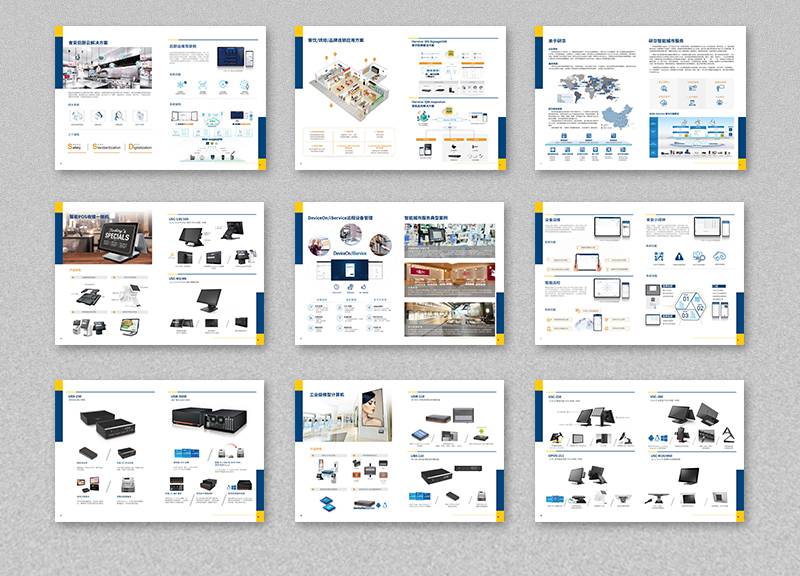
Breaking point: When "design and production" meets "thousands of people and thousands of faces"
The solution lies in changing the core of album design and production from "producing a booklet" to "building a bridge of accurate communication". This requires us to embrace the customized thinking of "thousands of people and thousands of faces":
From "I feel beautiful" to "you need to see": design is no longer just for visual service, but the starting point for insight into customer business scenarios and target audience pain points. The design team needs to deeply understand the customer's industry characteristics, the core advantages of the product and the portrait of the end reader. Is it for high-end investors or front-line technicians? Visual style, information density and reading movement will all be completely different.
Data-driven content "comes alive": using variable data technology, different "flesh and blood" can grow under the "skeleton" of the same album. The core product introduction framework remains unchanged, but the cases presented to customers in the education industry are automatically replaced by successful cooperative educational institutions; For medical customers, solutions in the medical field are highlighted. Customer names, exclusive plans, and regional service highlights can be dynamically presented.
Deep coupling of design and production integration: "design" and "production" are no longer separate links. When conceiving, designers must consider the typesetting adaptability of variable elements and the realization effect of printing process (such as personalized bronzing position). The production process requires strong digital printing and automatic binding capabilities to ensure the efficient and accurate output of each "unique" album. The design side extracts the core genes (colors, graphics, fonts) of customer brands to build a flexible "design component library"; The production side matches, combines, renders and outputs these components with the dynamic data (product library, case library, customer information library) provided by customers in real time through the intelligent system.
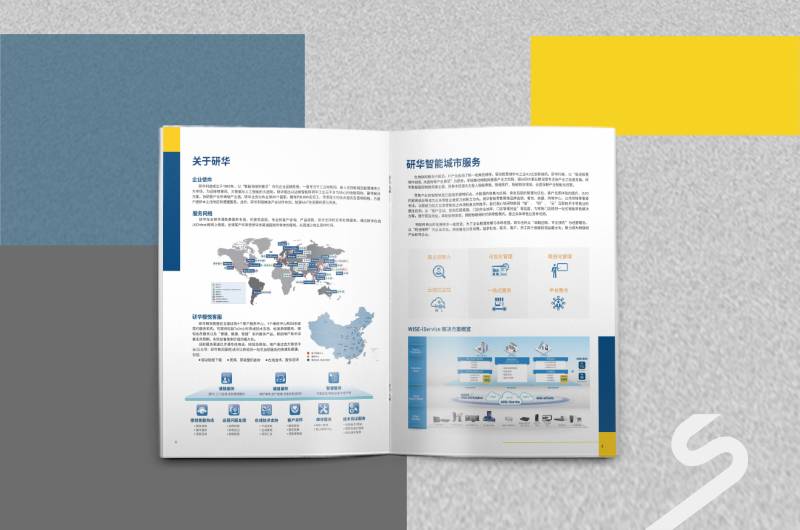
Path Landing: Five Steps to Create Your "Talking" Picture Album
How to integrate the concept of "thousands of people and thousands of faces" into the practice of album production, design and production? A clear path is essential:
Step 1: In-depth demand "exploration" and data "nuggets"
Jump out of the shallow communication of "how much P and what paper do you want". In-depth question: Who will this album be shown to in the end? What action do you hope they will produce after watching it? What dynamic data assets do customers have (product lines, success stories, customer reviews, regional services)? How is this data structured?
Key outputs: clear audience portrait matrix, core communication goals, list of available dynamic data.
Step 2: Intelligent architecture of "skeleton" and "flesh and blood"
Design skeleton (template): Based on brand tonality and core information, designers build a stable and beautiful basic layout framework, and plan fixed content areas (brand concept, core advantages) and variable content areas (cases, data, solutions).
Content flesh and blood (rules): Work with customers to develop content matching rules. For example, when the reader's identity is a "franchisee", the modules of "profit model" and "franchise support" and corresponding cases will be automatically highlighted; When readers come from "East China", the information of benchmark projects and localization service teams in this region will be automatically presented. The design side uses modular thinking to disassemble the album into "smart containers" that can be dynamically combined, such as "cover area", "core advantage area" and "case display area".
Step 3: The "nerve center" of the variable data system
Deploy a professional variable data design and production system. Seamlessly connect design templates, content rules, customer databases (CRM or Excel forms). The system needs to have powerful data processing, automatic typesetting, pre-inspection and output capabilities. The intelligent prepress system at the production end can automatically identify the personalized elements of each page, optimize color management, and ensure that every book is accurate regardless of the print volume.
Step 4: Small steps and fast run, agile verification
Avoid making a huge investment at one time. Prioritize 1-2 core customer groups or main product lines, and produce small batches of "thousands of people and thousands of faces" samples for testing. Gather direct feedback from your target audience: How relevant is the information? Is the reading experience smooth? Which dynamic content is the most engaging? Optimize templates and rules quickly iteratively. The design and production teams work closely together to adjust module design details and printing process adaptability based on test feedback.
Step 5: Large-scale application and continuous evolution
Once validated, extend the model to a broader product line, customer base, and marketing scenarios. Establish a continuous data update mechanism and content optimization process, so that the content of the album can always be read and new. The system records the feedback data of different versions of albums, and continuously trains and optimizes the matching algorithm.
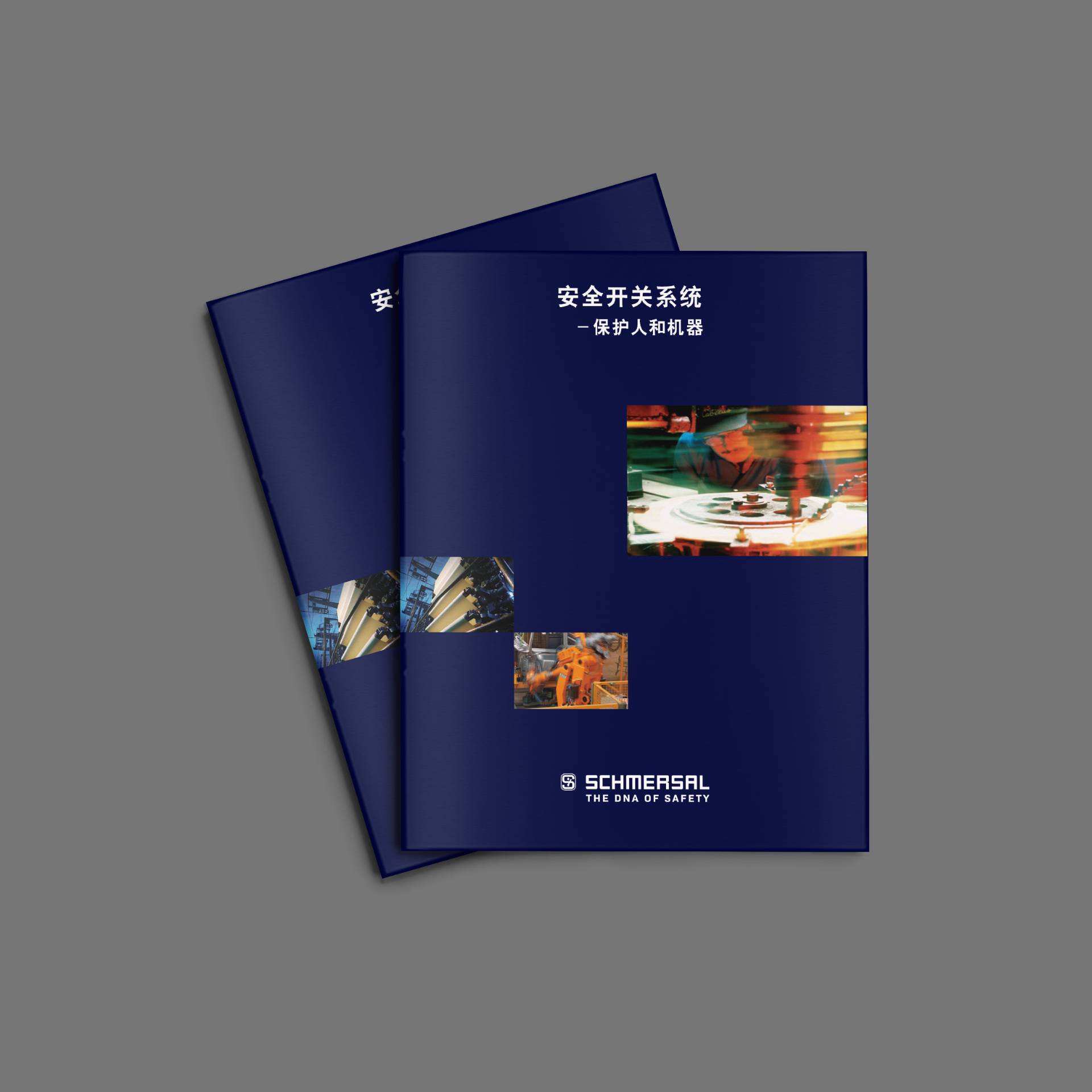
Value Leap: From Cost Item to Growth Engine
Embracing thousands of people and thousands of faces, the value brought by the design and production of picture album far exceeds that of a beautiful booklet itself:
Accurate touch, soaring conversion: When every sentence of the album content pokes readers' hearts, the reading time and depth are significantly improved, and the conversion rate of guiding actions (consultation, capital retention, purchase) naturally rises. After a technology company adopted a personalized solution manual, the conversion rate of sales leads increased by more than 30%.
Brand perception, professional branding: Providing highly customized information is itself a manifestation of professionalism and respect, which greatly enhances the professional image of the brand and customer trust. "They know our industry so well!"-that's the most powerful word of mouth.
Marketing weapon, long-term value: the album of thousands of people and thousands of faces has become a precise weapon in the hands of sales staff. The variable data system greatly reduces the cost of content update, and the one-time design investment will benefit for a long time.
Data precipitation, insight into the future: By analyzing the feedback effect of different dynamic content, we can gain insight into customer points of interest and market trends, providing valuable basis for product development and marketing strategies.
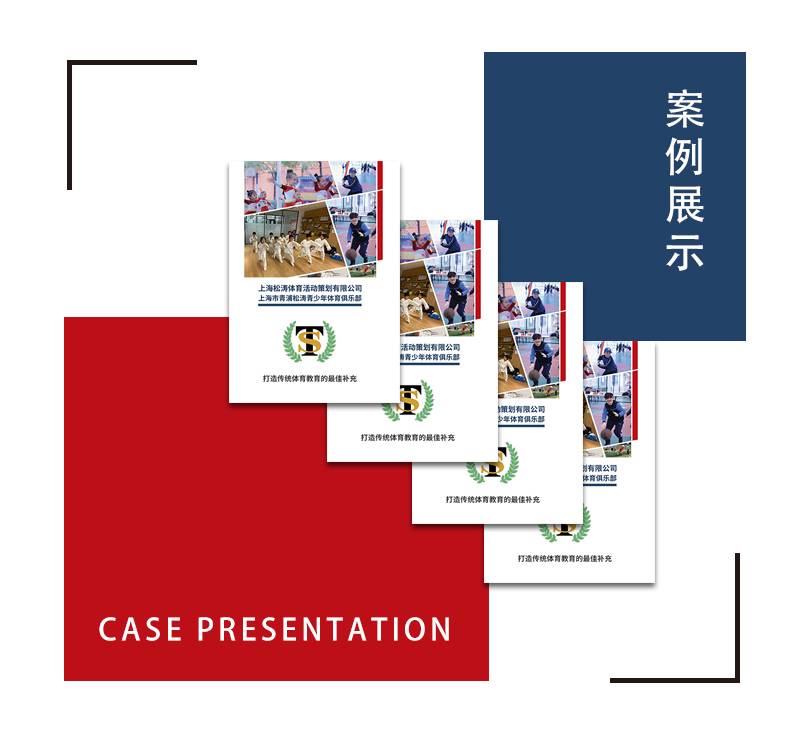
The Future Is Here: The Next Frontier of Design Production
The design and production of picture albums with thousands of faces are not the end. The wave of technology is driving deeper change:
AI-driven super personalization: Artificial intelligence will be more deeply involved in content generation and optimization, predict reader preferences based on more subtle data, automatically generate highly adaptable copywriting and visual suggestions, and even realize "one book, one design".
Cross-media immersive experience: The QR code or AR mark on the album can seamlessly link online personalized videos, interactive H5, VR exhibition halls, etc. to create a closed-loop three-dimensional experience of "paper entrance digital content".
Sustainability becomes a hard indicator: the thousand people, thousand faces model of printing on demand is itself a waste reduction practice. In the future, environmentally friendly materials and low-carbon printing processes will be deeply integrated with personalization and become an important expression of brand values.
Let every page carry a unique dialogue.Album production, design and production The future is by no means a cold assembly line operation. When the ingenuity of "design" and the ingenuity of "production" are deeply integrated under the drive of variable data, each album has a soul. They are no longer cookie-cutter passers-by, but communicators who accurately cut to the needs of users, telling stories that reach people's hearts for your brand.



